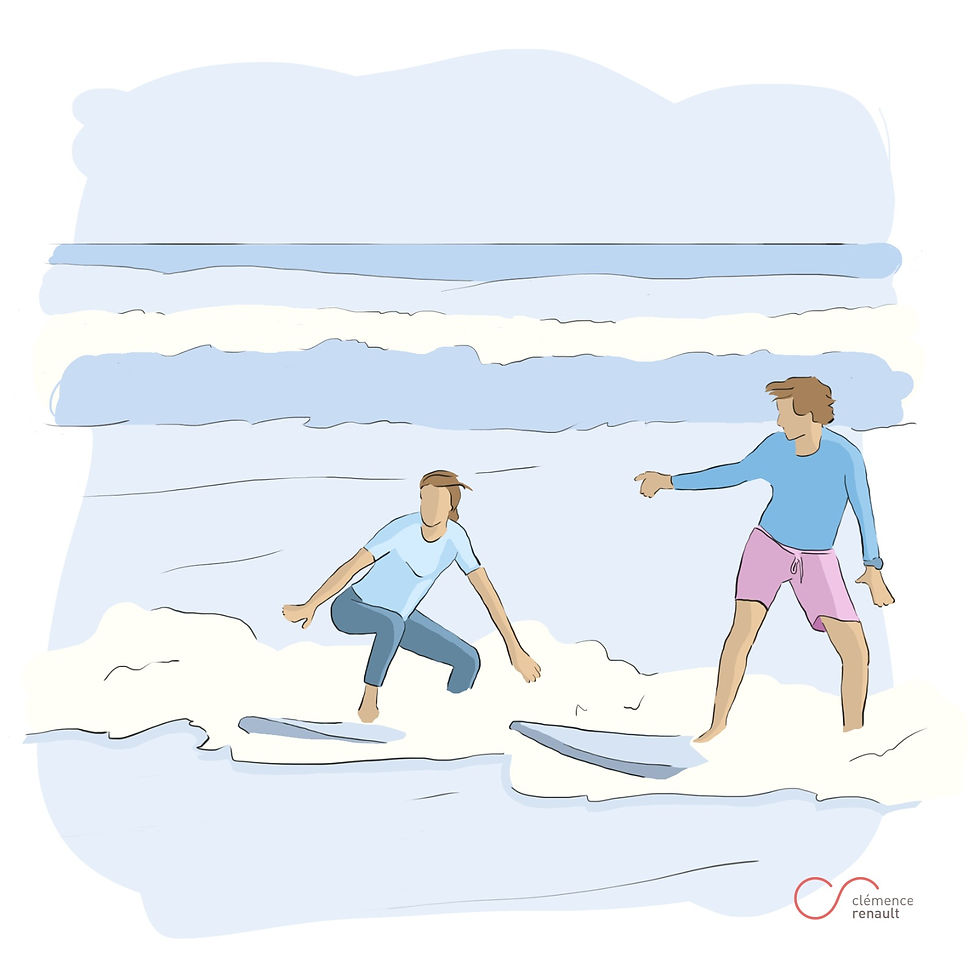How to transform our suffering?
- daphnepicq
- Jul 1, 2021
- 2 min read
Before talking about suffering, we need to look at pain. Pain is a sensation, usually caused by an external factor. It’s in the moment – the moment you stub your toe against the bed, the moment you get news of a death or illness. Suffering is pain that sets in over time; it’s personal and difficult to measure. The emotion of suffering and the sensation of pain can either follow one another or be intertwined. Physical pain can become mental suffering and vice versa. For example, mental suffering can result in physical symptoms such as tremors, loss of consciousness, illness and so on.
Suffering ends up numbing the body and the mind: our thinking is slower, our capacity for concentration or resistance to anxiety for instance, are reduced, our movements are less lively and less precise. The body goes into “standby mode” to allow us to cope in this moment and secretes endorphin to ease the pain.
In addition, since suffering is inconstant and sometimes gives us respite, it can give way to another emotion – fear, which creeps in surreptitiously. Fear of it starting again, fear of being overwhelmed by the pain again, or of something negative happening. This fear is sometimes worse than the pain itself. It takes away from us the desire to take risks and sometimes even simply to live. This fear arises from lived experiences of which we may be more or less aware.
To better understand our suffering and the fear that is related to it, it is good to recognize it, to allow ourselves to feel it without anger or guilt, and to accept it as a passing emotion. Ignoring or sweeping it under the carpet only gives it more power and consistency. Our psychological and emotional state as well as our thoughts influence our perception of life and therefore of suffering. We are experiencing it today with the climate of fear that reigns due to Covid. At the individual level, everyone manages their suffering differently, their projection of suffering and the fear of physical separation, constraints, illness and death.
As a kinesiologist, I accompany people in pain to help them break free from their blocked emotions and negative habits. Like other techniques, and thanks to its physical-emotional approach, kinesiology allows the diffusion of emotional stress around an event or a life experience. The muscle test allows you to communicate with the body and to access the precious information it has recorded, to determine where the blockages are and to work on energetic, physical and emotional rebalancing.

*Illustration Clemence Renault, https://www.instagram.com/clemence.renault/





Comments